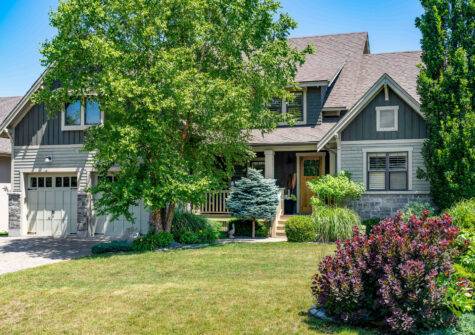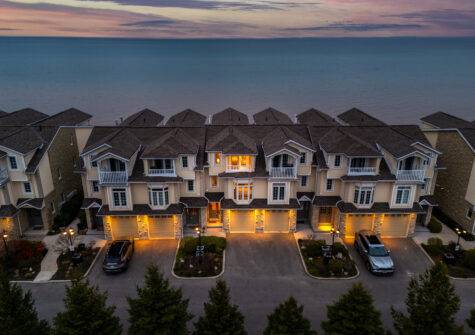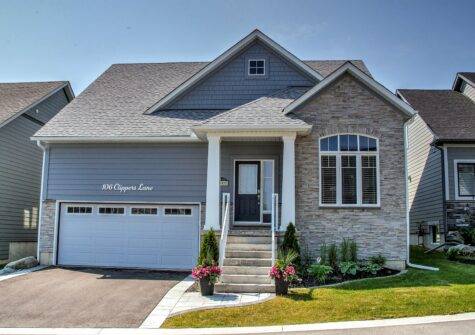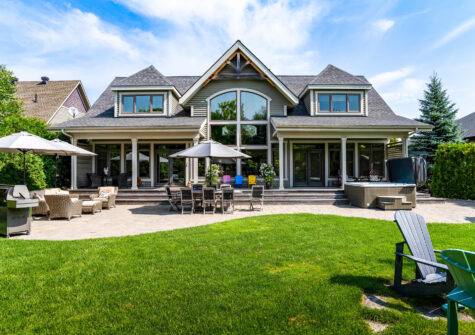Mortgage rundown: 2022 is go time for rate hikes. This quick-and-dirty playbook will help you pick the best term
Our latest edition of Mortgage Rundown, a quick take on Canada’s home financing landscape from mortgage strategist Robert McLister.
The Bank of Canada predicts this is the year its key lending rate will ascend off record lows.
But knowing that doesn’t tell you much if you’re trying to pick a mortgage term. If you’re out there mortgage shopping, here’s a quick-and-dirty playbook based on the current rate outlook and your borrower type.
The latest rate forecast
Mortgage rates have been treading water for weeks as lenders await the first central bank hike since 2018. The bond market now sees the Bank of Canada pulling the trigger by its March 2 meeting.
Given that, and this week’s 20-basis-point jump in bond yields, investors clearly don’t expect pandemic risk to derail rate hikes. In fact, this week’s yield surge just about kiboshed any near-term hopes of improving mortgage discounts. There are 100 basis points (bps) in a percentage point.
Multidecade highs in inflation and Bank of Canada guidance make it extremely likely we’re emerging from a trough in rates. As this is being written, bond derivatives are pricing in 175 to 200 bps of rate hikes in the next 36 months. Market expectations imply that the prime rate, now at 2.45 per cent, will settle around 4.45 per cent by the end of 2024.
What kind of borrower are you?
When hunting for a new mortgage, knowing where we’re at in the rate cycle is just one piece of the puzzle. Just as important is your personal balance sheet and stomach for rate volatility. Here’s a little cheat sheet for different borrower profiles.
The risk-averse homeowner
The market’s rate outlook, if it pans out, implies a small edge for five-year fixed rates, based on interest cost alone. That assumes: a) no Bank of Canada rate cuts for five years; b) the mortgage is held for five years with no prepayment penalties.
A five-year fixed makes sense for most long-term borrowers with less established finances. It also insures against the small but real risk that inflation is being drastically underestimated.
The risk-tolerant homeowner
It’s counterintuitive to float your rate when “everyone knows” rates are headed up. But an upfront rate advantage of 130 bps (versus five-year fixed rates) makes variables sensible for the right borrower. That’s especially true if you can afford to bet that higher rates will rapidly slow the economy. That could trigger rate cuts as early as three to four years from now, potentially resulting in variable rates having a lower average five-year borrowing cost.
Proponents also cite variable rates’ penalty advantage. Most floating rates guarantee you’ll pay just three months’ interest to break your mortgage early, versus the much worse interest rate differential (IRD) penalties associated with long-term fixed mortgages. But given how penalties are calculated, rising rates considerably reduce the chance you’ll pay an IRD penalty in a fixed rate. Hence, penalties don’t overly concern me at this point in the cycle, especially if you choose a fair-penalty lender (one that doesn’t inflate its penalties like the big banks).
A homeowner who can’t decide
Hybrid mortgages – mortgages that combine a fixed and variable rate – are the most underrated mortgage products in the country. They’re an exceptional way to diversify rate risk given no one can outsmart the market and know where rates will end up. As we speak, you can still find hybrid mortgages near 2 per cent.
An investor with a five-year-plus holding period
Cash flow is king for traditional property investors. One can significantly reduce cash flow risk by locking into a low long-term fixed rate with a 30-year amortization. You’ll want to ensure, however, that you choose a term length that’s less than or equal to your property holding time frame – to avoid penalties.
An investor with a short-term holding period
This includes property flippers and anyone needing a mortgage renewal on a shorter-term real estate holding. If you’re in this boat, you want the lowest overall borrowing cost you can readily qualify for, including fees. And the last thing you want is to pay a prepayment penalty. Floating rates make sense if you qualify for bank rates and will own the property for at least six to nine months. Otherwise, you’d do well in the cheapest short-term open mortgage you can find.
That said, assuming you don’t have a big line of credit to tap, it often makes sense to pay up for flexibility. For example, a property flipper with 20 per cent to 35 per cent down might choose a fully open, short-term “no-questions-asked” mortgage, one that’s easy to qualify for with interest-only payments during a renovation/construction period. This sort of financing might cost at least three to four percentage points more than a traditional mortgage, but it affords the investor fast, stress-free and tax-deductible financing with a low payment and no prepayment charges. Mortgage brokers are the best source for this kind of financing.
Rates this week
If you’re waiting for a big Omicron-triggered dip in mortgage rates before applying, don’t hold your breath. Rates have barely budged since November and bond yields are once again threatening two-year highs. Given its influence on mortgage rates, the bond market outlook suggests that waiting for a better mortgage rate is now precarious at best.





